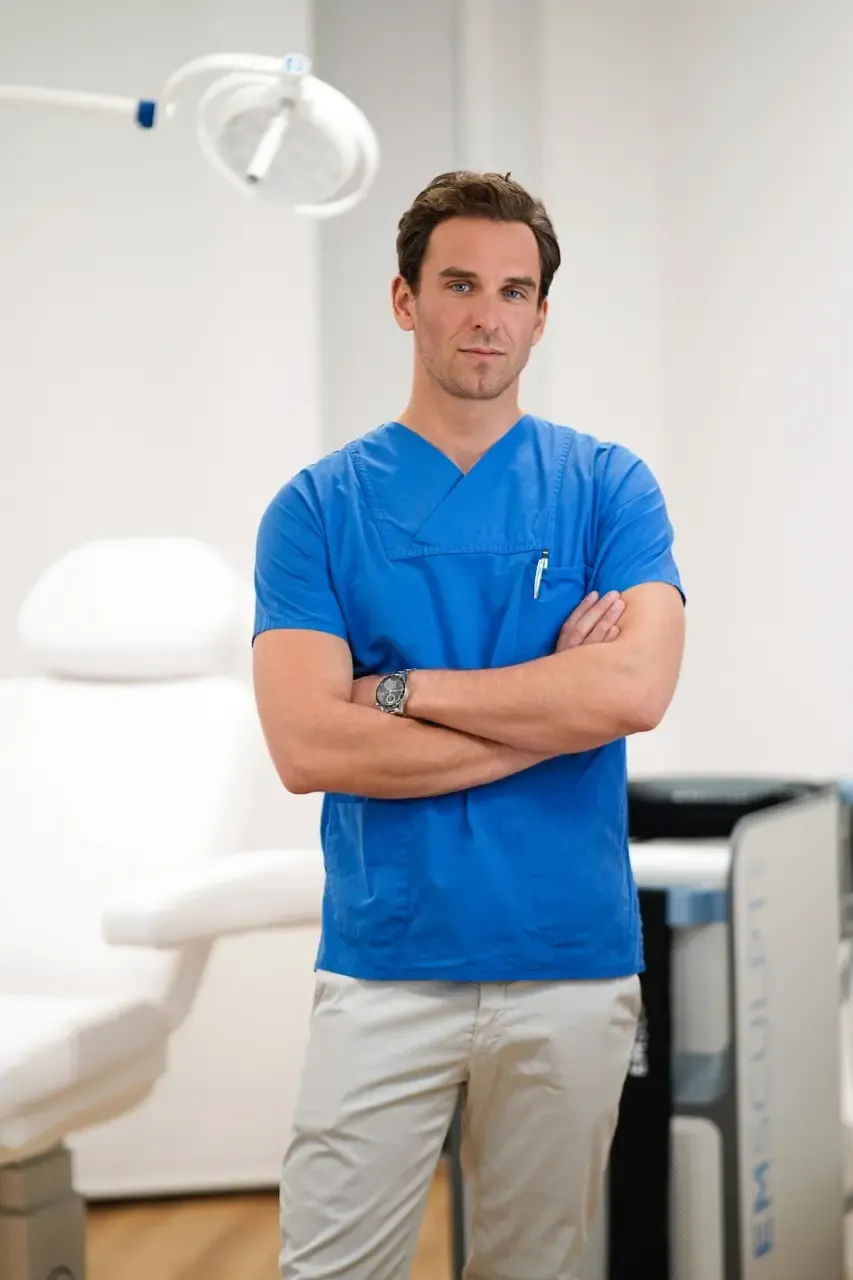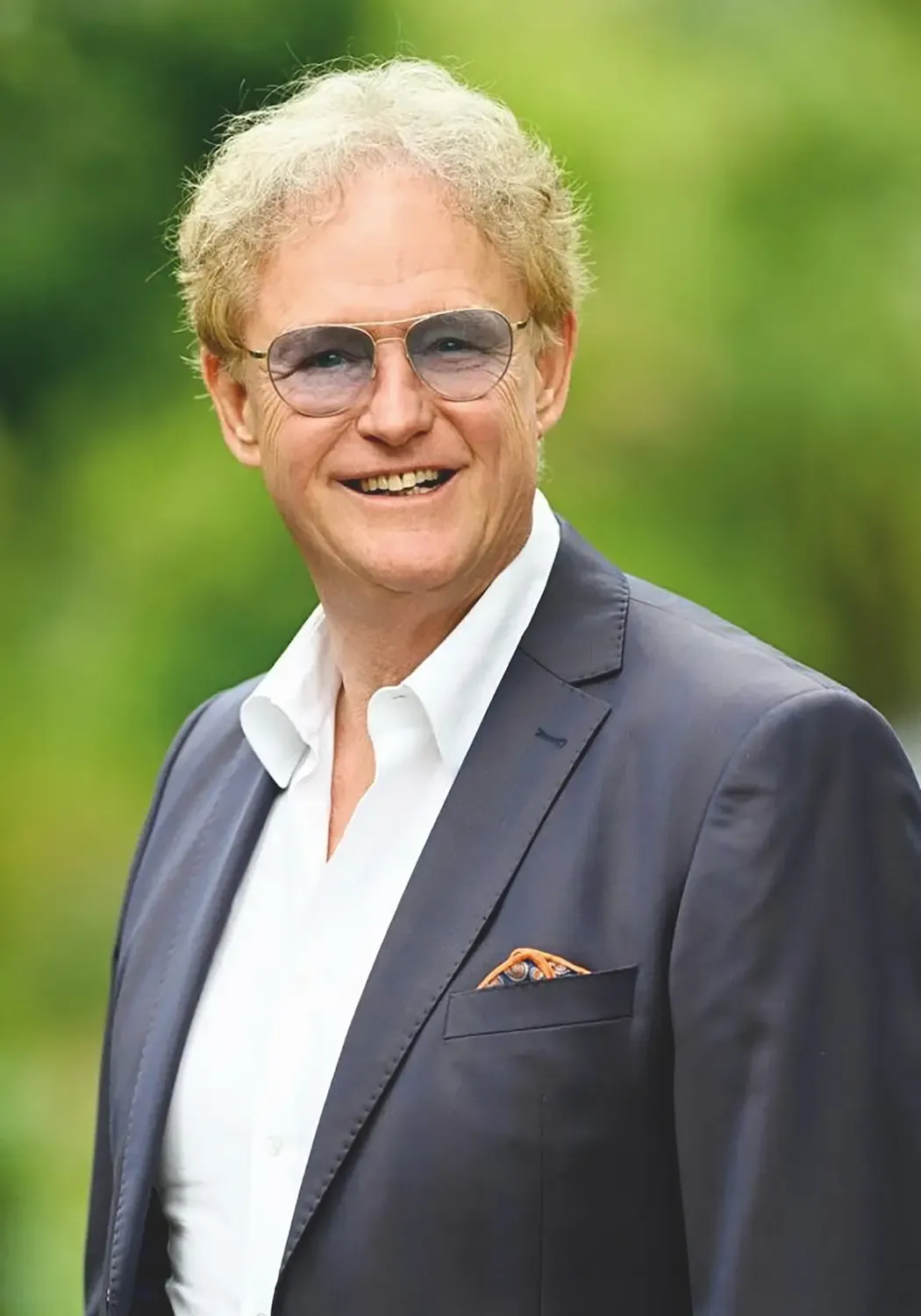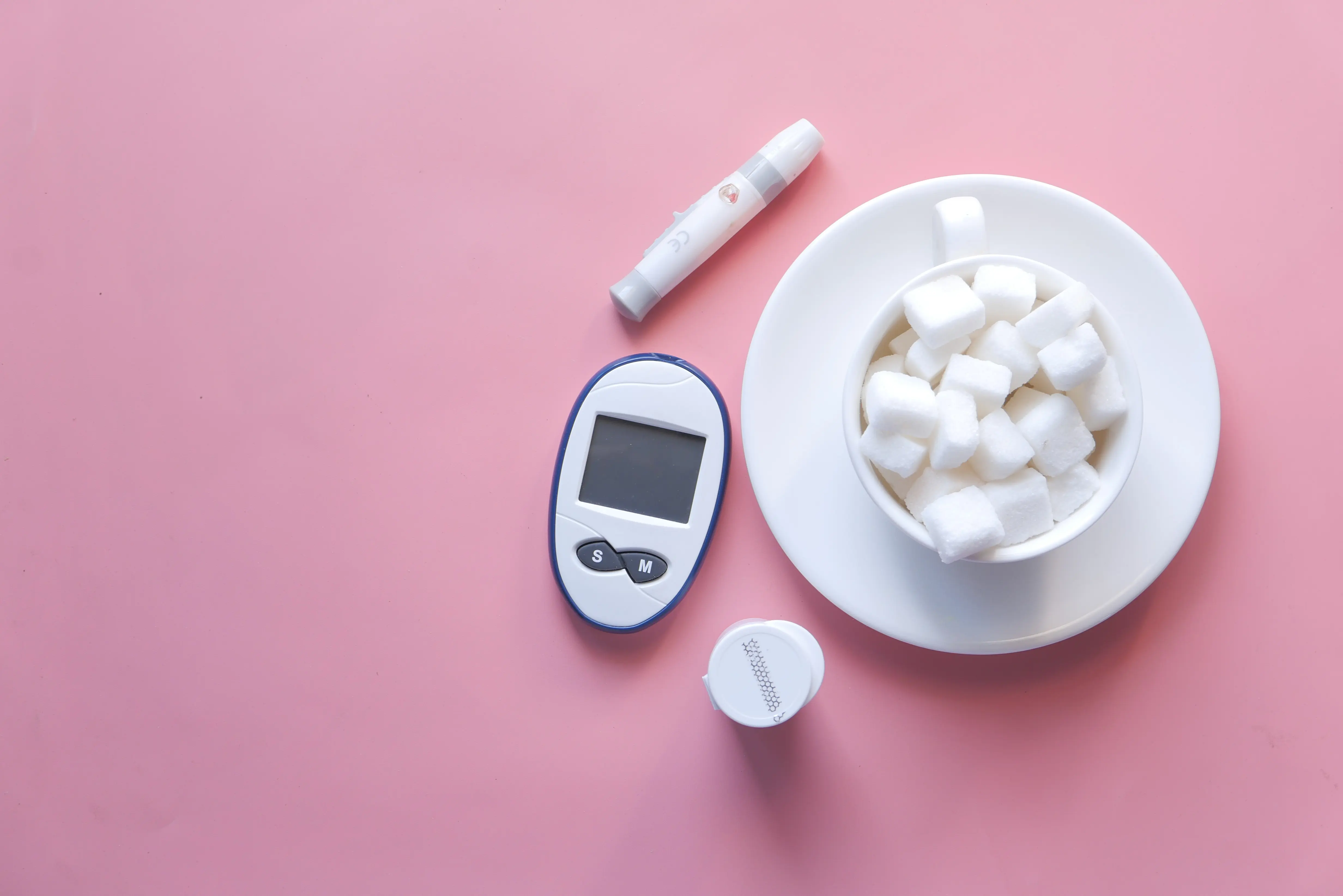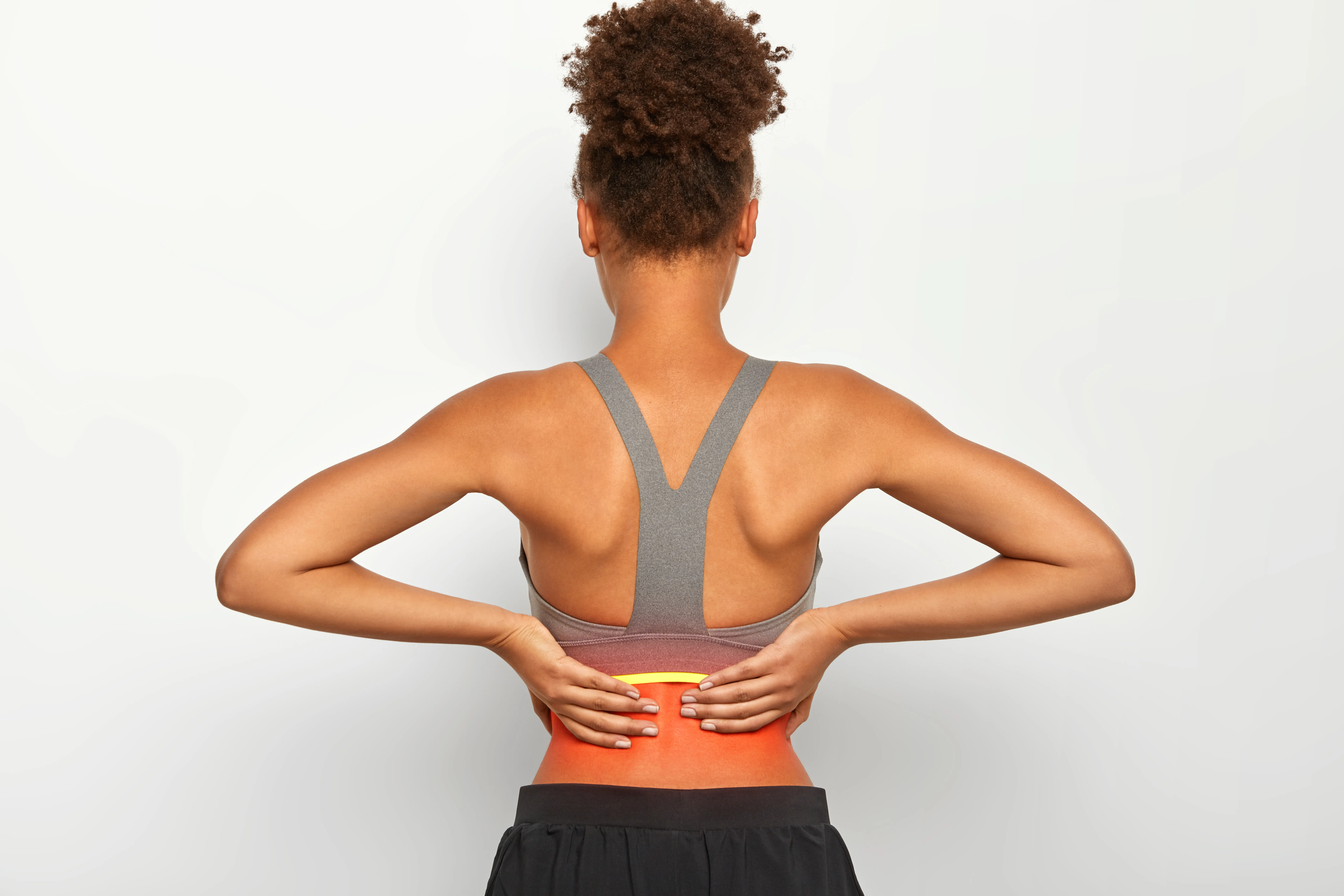Other Treatment Methods
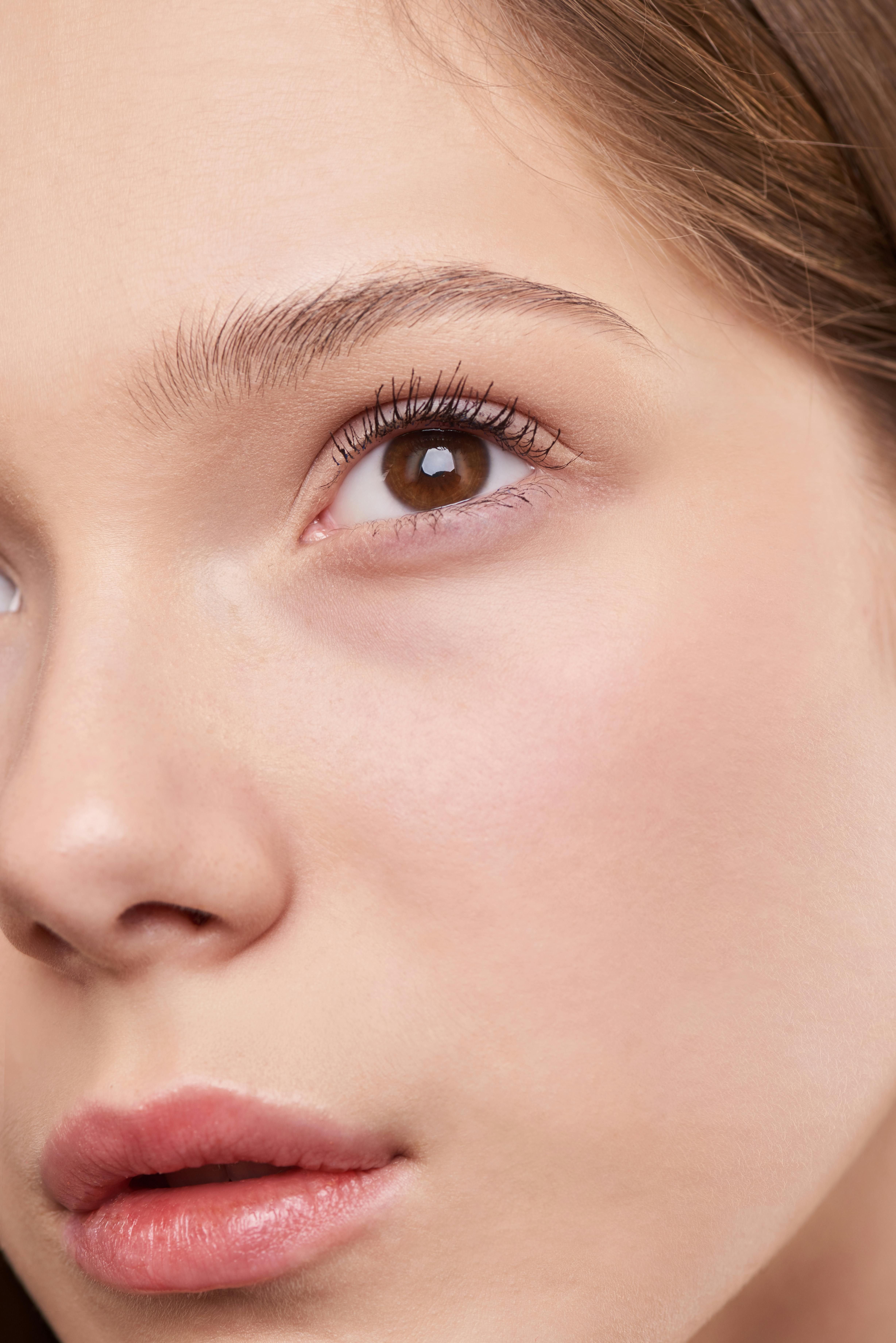
Rhinoplasty
The majority of patients are disturbed by a bump on the bridge of the nose or a nose tip that is too wide. Most of the time, patients can very precisely describe and show what they find disturbing. The desire not to look "operated" or to have a nose that is not too small and too pointed is also in the foreground. The focus of the treatment should always be on the harmonious effect of the facial proportions, which essentially depend on the shape and length of the nose. pointed nose to have, is also in the foreground. The focus of the treatment should always be on the harmonious effect of the facial proportions, which essentially depend on the shape and length of the nose.
Before the nose correction
Fundamental are the consultation discussions in which the patient can explain his expectations and concerns in detail. To help the patient better envision the final result, a computer simulation program vividly presents the discussed changes in advance. Examinations of the inside of the nose with air flow measurements (so-called rhinomanometry), possible allergy tests, ultrasound, or x-rays are added. In some cases, it makes sense to seek the opinion of an ear, nose, and throat doctor about possible or existing problems inside the nose.
Procedure of the nose operation
The operation itself is performed under general anesthesia and is usually completed after a maximum of two hours, depending on the necessity of the procedure. This is followed by a one- to two-day stay in the clinic. In a "closed rhinoplasty," the incisions are made inside the nostrils. In an "open rhinoplasty," however, the incision is made across the columella, the tissue between the nostrils. This allows the nose tip to be shaped much more precisely.
With both methods, the surgeon cautiously lifts the tissue that envelops the nose. The nasal bone and cartilage are shaped as desired. A small hump on the nasal bridge is removed merely with the help of a file, while a larger one requires a tool called an "osteotome" to carefully set a precise incision on the bony nasal bridge.
This surgical incision is necessary for those patients who, after the removal of a large hump, still need a narrowing of the nasal bridge or have a misalignment of the longitudinal axis of the nose. If the patient has a deviated septum, it is straightened so that the patient no longer has any breathing difficulties. Breathing difficulties Then the tissue is closed with fine stitches. If the patient desires a correction of the nasal wings, this is done as the last step.
Risks and complications of rhinoplasty
Complications are rare, and if any do occur, they can usually be resolved with non-surgical measures. Possible issues include prolonged swelling of the nasal tip with thick skin and infections, which can be treated with cortisone injections or antibiotics.
After the nasal surgery
Shortly after the surgery, the nose is swollen, headaches or usually mild pain Nose issues may occur, and bruises under the eyes are common in the first few days. In the first 48 hours after surgery, the patient should rest and apply a cold compress to the bridge of the nose and eyes. After two days, most patients feel significantly better and are able to return to work after about 14 days.
The initial results of rhinoplasty become gradually visible as the swelling subsides. The most significant swelling, including under the eyes and on the bridge of the nose, disappears after two to three weeks. In the first year after surgery, swelling may occur occasionally, usually in the morning, but it subsides during the day. Contact lenses can be worn immediately after surgery, but glasses should only be worn after eight weeks.
Other Treatment Methods in this Department
Experts for this Treatment Method
All Experts in this Department
Show All
- Aesthetic Surgery & Dermatology
Dr. med. Anna Brandenburg
Dermatologische Privatpraxis Dr. Anna Brandenburg
- Aesthetic Surgery & Dermatology
Prof. Dr. med. Johannes a. Veit
Nasenchirurgie München
- Aesthetic Surgery & Dermatology
Dr. med. Hanna M. D. Halter
Derma Marienplatz
- Aesthetic Surgery & Dermatology
Dr. med. Anette Zimpfer-Keese
Dres. Zimpfer/Zimpfer-Keese MVZ
- Aesthetic Surgery & Dermatology
Dr. med. Daniel Thome
aesthetic and soul
- Aesthetic Surgery & Dermatology
